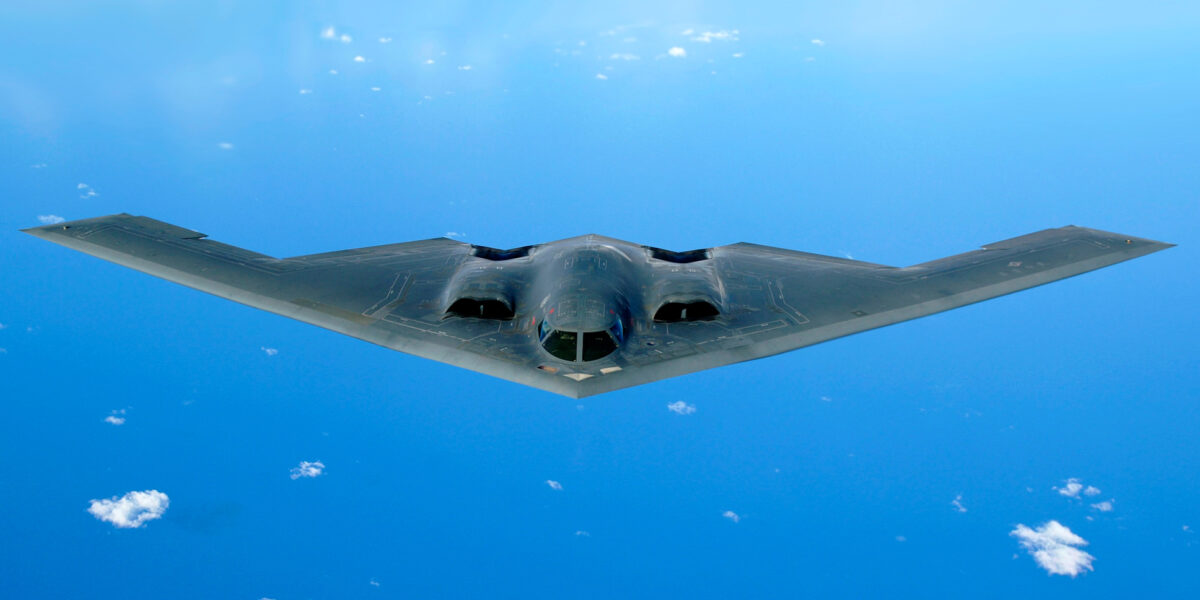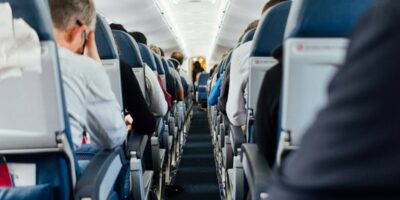Understanding Spirit Airlines
Spirit Airlines, a low-cost carrier, has made a name for itself in the American aviation industry. The airline operates with a straightforward and economically efficient model, prioritizing cost savings for both the company and its customers. Founded in 1983, the airline’s headquarters is in Miramar, Florida, and it focuses primarily on domestic flights within the United States, as well as destinations in the Caribbean and Latin America.
The Business Model
Spirit Airlines operates under the ultra-low-cost carrier (ULCC) model. This model focusses on providing basic air travel at the lowest possible price. To achieve this, the airline charges separately for services that many traditional airlines include in the ticket price. For example, passengers pay for checked baggage, seat selection, and in some cases, carry-on luggage.
These additional costs mean the base fare can be significantly lower than competitors. This a la carte pricing allows travelers to choose and pay only for the services they need. The business model attracts cost-conscious travelers looking for the most affordable way to get from point A to point B.
Fleet and Destinations
Spirit Airlines’ fleet consists mostly of Airbus A320 family aircraft. This includes the A319, A320, and A321 models. These aircraft are known for their fuel efficiency, which helps keep operational costs low. The airline continues to modernize its fleet to maintain this efficiency.
Spirit flies to more than 75 destinations. Major hubs include Fort Lauderdale, Orlando, Chicago-O’Hare, and Detroit. The airline provides a significant number of flights to vacation destinations, such as the Caribbean islands, Mexico, and Central America. This focus on leisure travel destinations aligns well with their business model.
Customer Experience
Flying with Spirit Airlines requires adjusting expectations. The low base fare is enticing, but customers need to be aware of potential extra charges. Understanding the airline’s pricing strategy helps avoid surprises and ensures a smoother travel experience.
The seating is often described as less spacious than other airlines. Seats do not recline, and legroom is limited, designed to fit more passengers on each flight. Spirit’s onboard offerings are bare-bones, with food and beverages available for purchase rather than complimentary.
Frequent Flyer Program
Spirit Airlines offers a frequent flyer program called Free Spirit. This program allows passengers to earn points based on airfare spent and miles flown. Points can be redeemed for future flights with few blackout dates. The program has undergone several updates, making it more competitive with other airlines’ loyalty offerings.
Controversies and Criticisms
Spirit Airlines has faced its share of criticism. Complaints often revolve around customer service and the extensive list of additional fees. Some travelers find the experience of flying with Spirit to be underwhelming due to these factors. Nonetheless, the airline consistently ranks as a profitable company, illustrating the effectiveness of its budget model.
There have been reports of operational issues as well. Delays and cancellations have at times impacted the airline’s reliability. Spirit works to address these issues by improving its logistical operations and customer service protocols.
Environmental Impact
Spirit Airlines also works on reducing its environmental footprint. The company invests in more fuel-efficient aircraft and operational practices aimed at decreasing carbon emissions. They highlight the importance of flying newer, more efficient planes, which helps reduce fuel consumption per passenger.
Innovations and Future Plans
Spirit continues to innovate in areas that support its low-cost model. The airline invests in technology to improve operational efficiency. For instance, their web and app interfaces make the booking process straightforward and allow easy management of travel plans. Additionally, Spirit explores new routes to expand its market share and provide more options to travelers.
Future plans include the ongoing modernization of their fleet and exploring additional destinations. Spirit aims to maintain its position as a leader in the ULCC market by continually offering competitive fares and expanding its service network.
Competition
In the ULCC market, Spirit Airlines faces competition from carriers like Frontier Airlines and Allegiant Air. Each airline has a similar approach to low-cost travel, though with variations in customer service and route networks. Traditional carriers like Southwest and JetBlue also pose indirect competition by offering budget-friendly options, albeit with more inclusive pricing structures.
The competitive landscape pushes Spirit to maintain its focus on cost efficiency and customer value. This ensures they remain a viable option for travelers seeking the lowest cost flights available.
Tips for Traveling with Spirit
- Book early to secure the lowest fares.
- Review all potential fees before finalizing your purchase.
- Consider packing light to avoid baggage fees.
- Bring snacks and water to avoid purchasing onboard.
- Check-in online and arrive early for your flight.
By following these tips and understanding the airline’s pricing, travelers can enjoy the cost savings Spirit Airlines offers.



Subscribe for Updates
Get the latest articles delivered to your inbox.
We respect your privacy. Unsubscribe anytime.